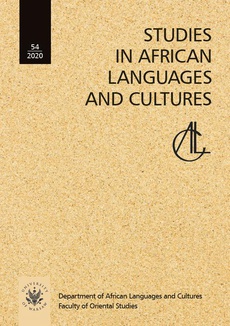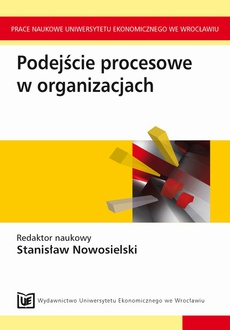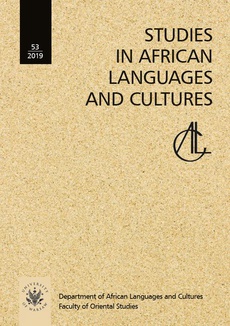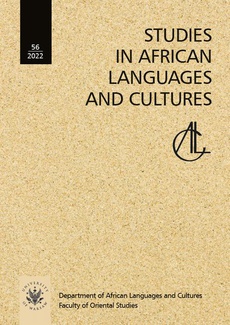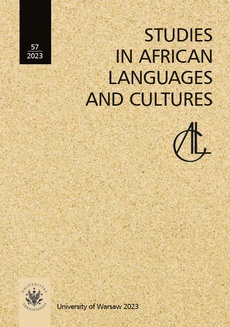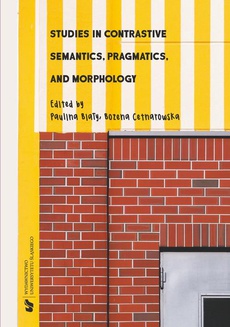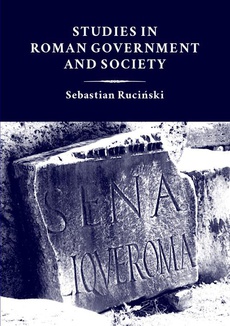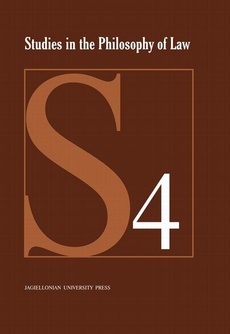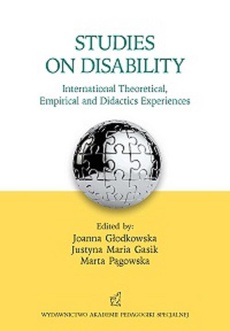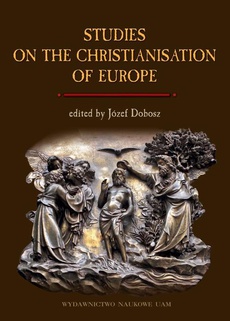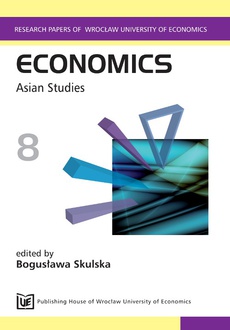POLECAMY
Studies in African Languages and Cultures. Volumen 54 (2020)
Redakcja:
Wydawca:
Format:
ibuk
Numer zawiera artykuły dotyczące specyfiki cech strukturalnych języków afrykańskich (Hausa, Basketo) i systemowych osobliwości kodowania liczb w językach bantu z grupy (zachodnich) serengeti, porusza także kwestie socjolingwistyczne odnoszące się do barier w przyswajaniu języka angielskiego przez użytkowników języków afrykańskich (na przykładach z Zanzibaru) i metodologicznych podstaw opisu języków zagrożonych (endangered languages).
Zagadnienia dotyczące wartości religijnych i treści kulturowych przedstawia artykuł poruszający ideę męczeństwa w islamie (z odniesieniem do obszaru Nigerii północnej) oraz artykuł na temat obrazu kobiety w poezji amharskiej. Autorami artykułów są afrykaniści z ośrodków europejskich (Hamburg, Helsinki), Uniwersytetu w Yamaguchi, uniwersytetów afrykańskich (Dar es Salaam, Injibara) oraz Uniwersytetu Warszawskiego.
Publikacja na licencji Creative Commons Uznanie autorstwa 3.0 PL (CC BY 3.0 PL) (pełna treść wzorca dostępna pod adresem: http://creativecommons.org/licenses/by/3.0/pl/legalcode).
The issue contains articles on the specificity of the structural features of African languages (Hausa, Basketo) and systemic peculiarities of encoding numbers in Bantu languages from the (Western) serengeti group, it also raises sociolinguistic issues related to the barriers to the acquisition of English by African language speakers (for example from Zanzibar ) and methodological foundations of the description of endangered languages.
Questions concerning religious values and cultural content are presented in the article dealing with the idea of martyrdom in Islam (with reference to the area of northern Nigeria) and the article on the image of a woman in Amharic poetry. The authors of the articles are Africanists from European centers (Hamburg, Helsinki), the University of Yamaguchi, African universities (Dar es Salaam, Injibara) and the University of Warsaw.
Publication under the Creative Commons Attribution 3.0 PL (CC BY 3.0 PL) license (full template content available at: http://creativecommons.org/licenses/by/3.0/pl/legalcode).
| Rok wydania | 2020 |
|---|---|
| Liczba stron | 193 |
| Kategoria | Publikacje darmowe |
| Wydawca | Uniwersytet Warszawski |
| Numer wydania | 1 |
| Język publikacji | angielski |
| Informacja o sprzedawcy | ePWN sp. z o.o. |
Ciekawe propozycje
Spis treści
| FROM THE EDITORS | 7 |
| ARTICLES | |
| Joseph McIntyre | |
| Transitive L-verbs (grade 2) and transitive H-verbs | |
| (grades 1, 4, 5, and 6) in Hausa verbal compounds | 9 |
| Rasmus Bernander, Antti O. Laine & Lotta Aunio | |
| The numeral system(s) in Western Serengeti: Formal, functional, and historical inferences | 35 |
| Pius W. Akumbu | |
| Reflections on a community-based approach to writing grammars of endangered African languages | 71 |
| Hideyuki Inui | |
| Nominal suffixes as markers of information structure in Basketo | 97 |
| Salim A. Mohamed & Erasmus A. Msuya | |
| English phonological errors by Kimakunduchi speaking | |
| EFL learners in Zanzibar | 121 |
| Sabina Brakoniecka | |
| Islamic martyrdom in northern Nigeria | 143 |
| Berhanu Asaye Agajie | |
| Images of Amhara women in oral poetry | 163 |
| REVIEWS | |
| A History of African Linguistics, ed. by H. Ekkehard Wolff. Cambridge: Cambridge University Press 2019, 351 pp. ISBN 978-11-0828-397-7. DOI: 10.1017/9781108283977 | |
| (Patryk Zając) | 181 |
| Massimo Villa, Filologia e linguistica del testi gəʿəz di età aksumita: Il Pastore di Erma. (Studi Africanistici. Serie Etiopica 10). Napoli: UniorPress 2019, 285 pp. ISBN 978-88-6719-178-9 (Marcin Krawczuk) | 188 |

